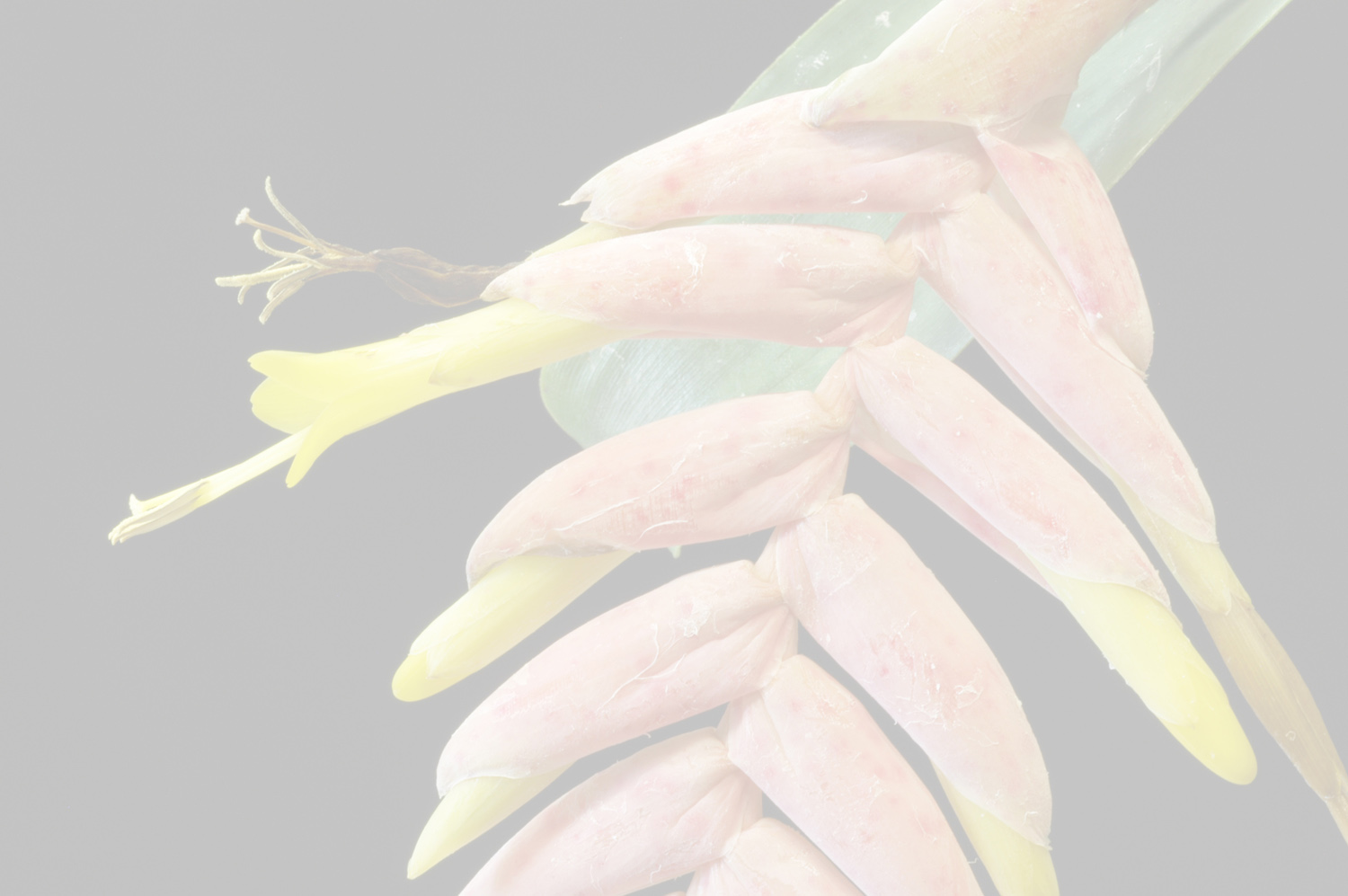Vriesea claudiana Leme, Trindade-Lima & O.B.C.Ribeiro
Literature references:
Comments:
- - Vriesea claudiana was found growing as a saxicole in Campos Rupestres, at about 1,400 m elevation, partially protected from direct sunlight by shrubs and short trees. The studied population comprised a few individuals concentrated near the top of Pico do Gavião, in two rock outcrops distant from each other ca. 50 m. It was observed in full bloom during December.
In the neighborhood of the place where Vriesea claudiana was collected we observed several populations of Dyckia species, maybe representing at least three different taxa. Other bromeliad species observed in the area were: Aechmea nudicaulis var. aureorosea (Antoine) L. B. Sm., A. vanhouttei (E. Morren) Mez, Billbergia distachia (Vell.) Mez, Cryptanthus regius Leme, C. tiradentesensis Leme, Pitcairnia sp., Tillandsia tenuifolia L., Vriesea aff. bituminosa Wawra, and V. aff. paraibica Wawra.
According to Trindade-Lima (2008), despite being a county with the largest number of botanical collections in the Serra da Mantiqueira domain, the Bromeliaceae of São Thome das Letra is yet poorly known. In contrast, the whole region is greatly affected by intensive stone mining activities related to the extraction of the so called “Pedra de São Thomé”, a very popular ornamental beige quartzite used wide in house decoration and on the edge pavement of swimming pools. The mining activities completely destroy the vegetation of the “Campos Rupestres” and create gigantic land scars which can be seen polluting the landscape and affecting tourism and the survival of the regional unique flora. —See Leme et al. 2010d

